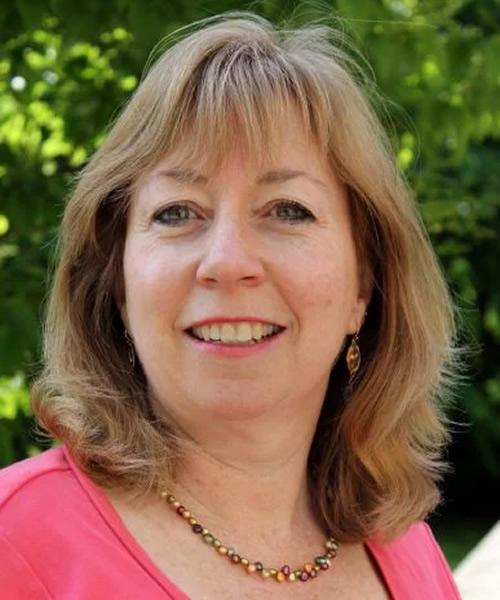If Ukraine is ground zero in the tensions between Russia and the West, the establishment of an independent Ukrainian Orthodox Church is ground zero in the war between Russia and Ukraine. Ukrainian autocephaly, which implies the transfer of church buildings, parishioners, clergy, and perhaps even monasteries in Ukraine away from the Russian Orthodox Church to a new internationally and canonically recognized Ukrainian Orthodox Church, might become the ultimate price Vladimir Putin pays for annexing Crimea and fomenting armed conflict in Eastern Ukraine. The Ukrainian state is corrupt, ineffective, and no match for Russian aggression. Yet, the issue of Ukrainian autocephaly is a Kalashnikov of a weapon in this war, a true “weapon of the weak,” to use James Scott’s phrasing. Ukrainian autocephaly would not only be a symbolic blow to Russia’s hegemony, but it would mean that the Russian state would have to rewrite its national origin myth, abandon its imperial political vision of the “Russian World” anchored as it is in Orthodoxy, and lose a powerful form of soft power in the region and beyond.
Until the advent of the Soviet state and its vigorous promotion of “militant atheism,” the triad of “Great Russia, Little Russia, and White Russia,” as Russia, Ukraine, and Belarus were known in the imperial period, was united under a single Orthodox Church that clearly saw itself as a Russian Orthodox Church. The guiding ideological principle of the imperial regime, “Orthodoxy, Autocracy, and Nationality,” penned by Count Sergei Uvarov in 1832, has remained an influential mantra among some Russian ruling elites. The understanding of narodnost in Russia, however, recently morphed from nationality into nationalism. This opens the door to an ever-growing role for the Orthodox Church in political life as the protector of “traditional Christian values” and has given the church the power to promote or block certain social and cultural policies.
Vladimir Putin’s Russia is increasingly imperial in its ambitions and returns to the pillars of the empire to support its expansionistic designs. As much as Putin would like to “make Russia great again,” times have changed. World War I ushered in the era of the nation-state. This coincides with the Orthodox ecclesiastical model of organization. In most cases in Eastern Europe, independent states have forged nations that have been granted their own Orthodox Patriarchate and church, e.g. Romanian Orthodox Church or Serbian Orthodox Church. The Russian Orthodox Church remains an anomaly by maintaining an imperial interpretation of its canonical territory.
Although there are regions in Western Ukraine where nationalist visions of political organization are actively propagated, prior to the war much of the rest of Ukraine operated under a cultural principle of “nationalism with a human face.” That is to say, just as the vast majority of Ukrainians practice non-reciprocal bilingualism, effortlessly switching languages from Russian to Ukrainian and back again, many visited Orthodox churches with little concern over patriarchal affiliation. Sympathizers, casual believers, and “atheists with traditions,” which describes the majority of Ukrainians, chose which church to visit according to mundane considerations, such as convenience or the quality of the choir.
The war changed all that. After the loss of Crimea and the outbreak of fighting in 2014, many found it objectionable to pray for the well-being of Russian President Vladimir Putin during services of the Ukrainian Orthodox Church-Moscow Patriarchate, as the Russian Orthodox Church is known in Ukraine. The sting over the refusal of some clergy from the Moscow Patriarchate to perform burial services for volunteers who died in the East and for those baptized in one of the other Eastern Christian Churches was not easily quelled, even among non-believers. Ukrainian legislation changed to permit church communities in rural areas with only one church to reaffiliate to the Ukrainian Orthodox Church of the Kyiv Patriarchate, a move that allowed a slow, but steady, trickle of communities to move away from the Moscow Patriarch. That trickle turned into a potential torrent when Ecumenical Patriarch Bartholomew in Constantinople granted a tomos in October of this year, thereby permitting the canonic recognition of an independent Ukrainian Orthodox Church.
Does it really matter? Numerous surveys in Ukraine and Russia cite attendance at religious liturgies to be in the single digits. Large numbers of people have never participated in basic rituals, such as communion or confession. Paradoxically, it does matter. Levels of professed belief are high, not only in God, but in spirits, life after death, miracles, and the soul. Church attendance might be nominal, but the historic understanding of an Orthodox identity as something inherited and inalienable to the self and the practice of conflating an Orthodox identity with national and political self-definition means that this tomos touches the lives of all Ukrainians and Russians, but not always in terms of religion in the narrow sense. Orthodoxy carries historical, cultural, even civilizational meanings, even for many non-believers.
It would have been duplicitous of the Ecumenical Patriarchate to have made any other decision. Having said that, the implementation of the tomos will be complicated and fantastically fraught, making the path forward out of armed conflict that much more difficult for these two countries separated by a common faith.

